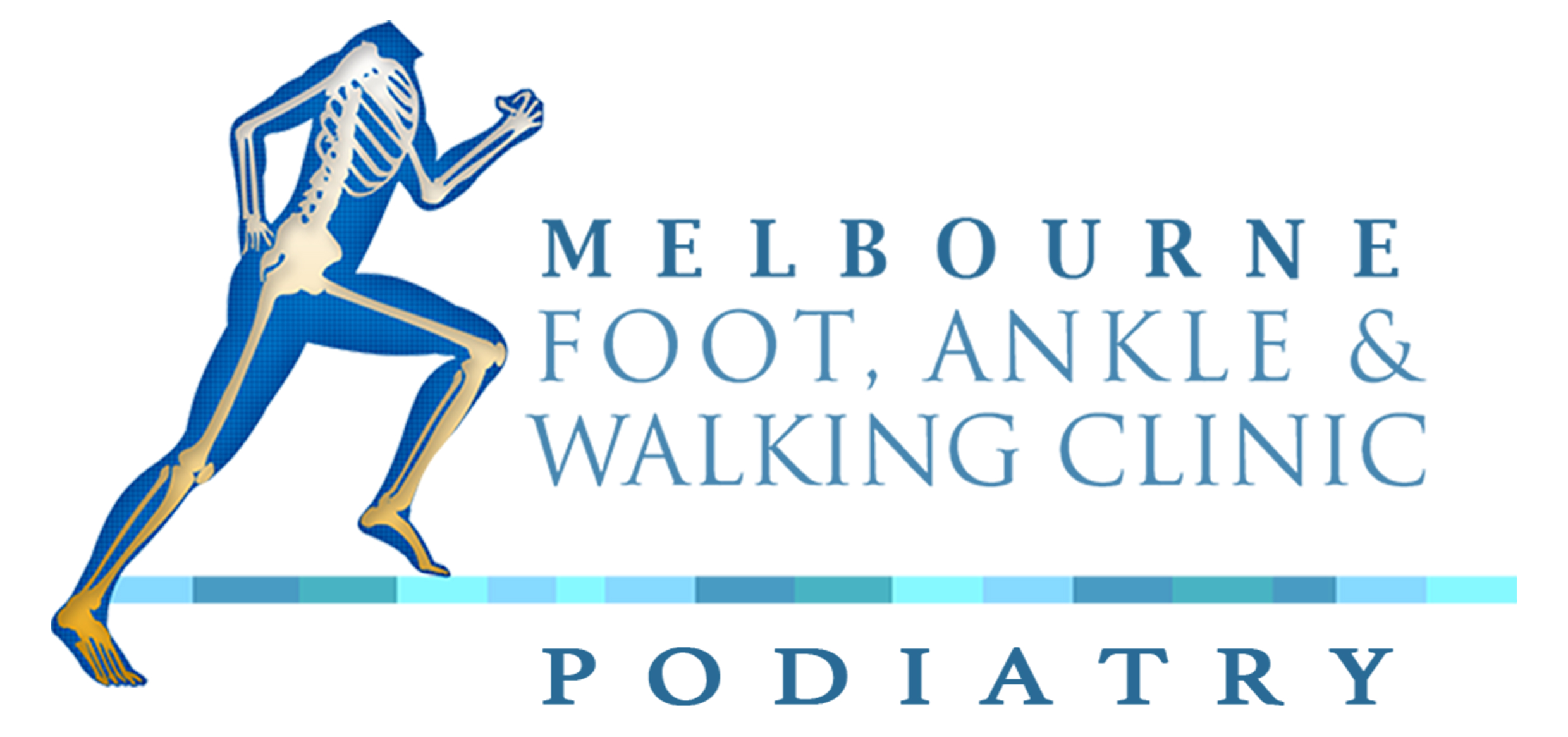Just like how most of us have a slight difference in the size of our feet, many of us have a difference in the length of our legs. For 4% to 36% of us, however, our leg length difference may be big enough to affect our alignment, our bones and muscles, and cause us pain. So why does this occur and what should we be doing about it? Today, we’re talking all about leg length differences and sharing Nadia’s story to help shed light on this underdiagnosed condition.
So What Exactly Is A Leg Length Difference And How Did I Get One?
Having a leg length difference means having a difference in the length of your thigh bone (femur), tibia (shin bone) or both. When there is a significant difference between the two legs, your shorter leg will stand straight, and the longer leg will have to perform a compensatory movement to clear the ground as you walk. You may hike your hip upwards or move the leg outwards (abduction) as you swing through your step, for example.
Note: The term ‘significant’ will vary from person to person, and currently, there are no standard or defined values for this.
Your difference may be structural or functional. Structural means a physical bone length difference. Functional means that the difference is created by the way your muscles and tissues function – particularly where hip muscles are contracted. Causes for these can include:
- Abnormalities during growth and development
- A bone injury that results in healing in a shortened position
- Shortening due to knee, tibia or femur surgery
- Injury to the growth plate during childhood
- Bone disease and infection
- Inflammatory conditions affecting the joints
- Abnormal foot biomechanics
- Contractures of joints or connective tissues
- Ligament laxity
What Are The Symptoms?
Symptoms aren’t actually caused by the short bone itself, but from the way it affects the surrounding muscles, tissues and your skeletal alignment. This means that symptoms can vary greatly, but may include:
- Hip pain
- Knee pain
- Back pain
- Stress fractures
- Muscular strain and tendinopathies
- Uneven loading and pressure distribution between the legs
- An altered gait pattern such as limping
- Shorter steps on the affected leg
- Slower walking speed
How Do I Find Out If I Have A Limb Length Difference?
The first step is to come in for an assessment with your Podiatrist. We’ll be able to complete the preliminary measurements and tests to determine if you require further testing. If we do measure a significant difference, we will refer you for a standing EOS scan that will radiographically measure the length of your thigh and shin bones. This will confirm the precise difference you have and will help direct our treatment.
During your assessment, we’ll also assess the effects that your LLD has had on your body and create a treatment plan to begin resolving any pain and discomfort that you may be having.
Meet Nadia
We recently treated a 36-year-old active female, Nadia, who had pain in her heels, ankles, left calf, the front of her right knee and her hip. Her pain had worsened over two years and the health professionals she saw told her that her legs simply “weren’t made for running”.
We tested and confirmed her leg length difference, and prescribed custom orthotics as part of her management plan. These orthotics had many features specific to her feet, one of which was a heel raise on the shorter leg to bring her pelvis and lower limbs back into alignment.
This Sounds Like It Could Be Me. What Do I Do?
Book in with one of our experienced and knowledgeable Podiatrists here at the Melbourne Foot, Ankle & Walking Clinic. Helping our patients get out of pain and get back to comfortably doing the things they love (and even just the mundane tasks!) is our speciality. You can book in by calling us on 1300 135 374, or fill in our appointment form at the side of this page and we’ll get back to you shortly.

